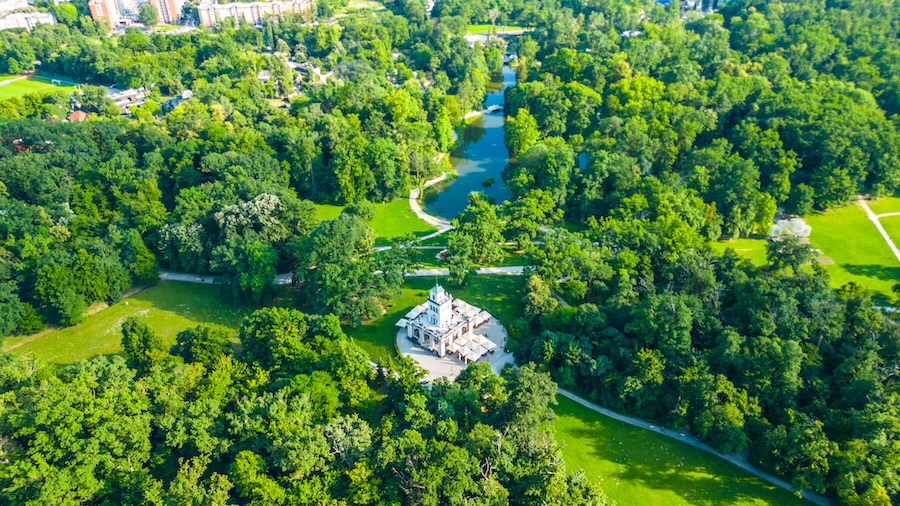The urban and peri-urban forests of the Croatian capital are real living laboratories where tradition, innovation and public interest converge.
Foresters and scientists study topics such as forest regeneration after disturbances, biodiversity protection, forest monitoring using innovative technologies, and how local approaches can contribute to global solutions. A human-centred global vision, with the community’s interests as the guiding principle, is the common denominator at all these sites. Here, forest managers fully consider residents’ concerns and issues related to public use. Could these examples inspire forest management in 2025?
In the bustling Maksimir Park, located in the heart of Zagreb, forest managers and nature conservationists are collaborating more closely, particularly with regard to the management of dead wood. Some of the city’s oldest trees find refuge here, and more than a thousand species of significant biodiversity have been recorded to date, including rare woodpeckers.
On the steep slopes of the Medvednica Nature Park, in the north of the city, natural regeneration, often dominated by beech trees, raises questions in the context of climate change. However, local foresters are currently focusing on observation and monitoring rather than early intervention. In the highly visited protected areas of the nature park, integrative management is being implemented to balance ecological preservation with public access.
To further achieve this crucial balance, terrestrial laser scanning (TLS) is being used in certain areas, such as the Dotrščina urban forest. Fixed and portable devices can accurately measure tree structure and density, providing managers with valuable information for decision-making regarding thinning, planting and recreation management. Decades of financial support from the City of Zagreb have enabled these innovative technologies to flourish!


